Photobiomodulation with LEDs applies precise wavelengths of red or near-infrared light to the skin and tissue to improve recovery, ease pain, and stimulate cell function without pharmaceuticals or invasive procedures.
This type of light therapy has been tested in clinical trials, applied in rehab clinics, and brought home by users managing chronic conditions or fine-tuning their skincare. The science behind it is clear, but the results depend entirely on the power, spacing, and wavelength of the LEDs being used.
Products like the VISO LED Mask, Lumara Pad, and Red Light Panel are engineered to deliver therapeutic doses with pinpoint consistency. No filler modes. No wasted light.
If you’re looking for what works and why, you’ll find the breakdown below.
What Is Photobiomodulation with LED?
Photo Source -> Photobiomodulation, Underlying Mechanism and Clinical Applications
Photobiomodulation stimulates biological processes by delivering specific wavelengths of light, typically 635–660 nm (red) and 830–940 nm (near-infrared), into tissue. Once the light hits the mitochondria, it helps accelerate the production of cellular energy (ATP), which fuels healing, reduces inflammation, and supports long-term tissue repair.
Red light targets the surface and upper dermis, making it ideal for skin texture, redness, and post-procedure downtime. Near-infrared light penetrates deeper and has been shown to reduce pain in joints, tendons, and muscles by promoting circulation and triggering anti-inflammatory effects.
LEDs offer a safer, more practical option than lasers, especially for home use. A well-designed LED device distributes light evenly across the skin to reach all active sites, without overheating or leaving gaps in coverage.
The Wavelengths That Matter
Light color is more than visual, it defines how deep energy travels and which systems are activated. For example:
-
415 nm (blue): surface-level, antibacterial effects, often used for persistent acne
-
525 nm (green): upper dermis, helpful for pigmentation and mood regulation
-
635–660 nm (red): dermis-level stimulation, supports collagen, reduces inflammation
-
830–940 nm (NIR): deepest penetration, used for deep muscle and joint pain
Devices like the Red Light Panel and Lumara Pad use these exact therapeutic ranges with medical-grade spacing and energy delivery.
What the Research Says (And Why Our Specs Match)
A 2024 study published in the Journal of Lasers in Medical Sciences evaluated the use of low-intensity LED light for pain control across musculoskeletal conditions. The authors observed meaningful pain reduction in people dealing with osteoarthritis, post-hip surgery recovery, fibromyalgia, neck and low back pain.
Results were strongest when LED-based therapy was part of a consistent, well-dosed routine. That’s where most devices fall apart. Lumara’s lineup is calibrated to deliver 5 J/cm² in under 5 minutes, with verified spacing that ensures full-area saturation, not partial or patchy stimulation.
What Photobiomodulation Is Used For
Skincare, Redness, and Collagen Support
Red light in the 660 nm range reaches the dermis and stimulates fibroblast activity, the skin’s natural collagen builders. When applied consistently, this wavelength helps smooth texture, brighten tone, and reduce post-treatment redness. These effects are not cosmetic illusions, they reflect tissue-level improvements backed by decades of photo-medicine research.
The VISO LED Mask was built for this purpose. It wraps the entire face in 660 nm red light, with LED spacing engineered to avoid gaps. Every area gets equal exposure, no hot spots, no untreated zones. It’s designed for users who want visible, reliable results without complicated regimens.
Muscle Recovery, Inflammation, and Chronic Pain
Therapeutic LEDs at 830–940 nm activate deeper circulation and trigger biochemical responses that reduce inflammation in muscles, joints, and connective tissue. This level of stimulation is ideal for recovery after intense activity, chronic pain management, or healing from injury.
The Lumara Pad delivers this range directly to the body with a flexible form factor that conforms to the back, legs, or shoulders. Whether the issue is an old shoulder flare-up or DOMS after a long run, the goal is consistent, high-output delivery, 5 J/cm², verified in under 20 minutes.
Mood, Clarity, and Sleep Support
Green light in the 525 nm range has been studied for its calming effects on the nervous system and its potential to support hormonal regulation and focus. While not as well-known as red or infrared light, its benefits show up in users managing stress, seasonal shifts, or sleep disruption.
This isn’t a color-changing gadget, it’s wavelength-specific tech that targets measurable outcomes. Lumara’s green-light panels were created with that in mind, for users who want a tool that calms the mind without filters or flicker.
Why Most Devices Miss the Mark
LED Count Alone Doesn’t Deliver Results
Many consumer devices advertise high LED counts but don’t disclose beam angles, spacing, or irradiance. Stacking LEDs close together without spacing math leads to overlapping hot zones and untreated gaps, a pattern known in the field as “leopard spots.” These irregularities reduce the therapeutic dose to subclinical levels in large areas of the treatment zone.
The Red Light Panel eliminates that issue with 6mm diode spacing and flat-beam optical design. This setup ensures uniform light saturation across the full surface, keeping energy delivery consistent and predictable, something mass-market designs fail to control.
Wavelength Mismatch and Cosmetic Marketing
Some panels include decorative lights that fall outside therapeutic ranges, diluting the efficacy of the session. Blue, purple, yellow, and other non-validated wavelengths are added for perceived value, not clinical impact. Others mix therapeutic and aesthetic functions in a single session, which cuts the benefit of each.
Devices like the VISO LED Mask use only 660 nm red light because that’s what the skin responds to at the dermal level. There’s no filler, only targeted energy built for cellular change.
How to Choose a Device That Actually Works
Red light (635–660 nm) works best for skin-related goals, while near-infrared (830–940 nm) is ideal for deeper tissue like joints, tendons, and muscle. Devices that combine these ranges with verified energy output (5 J/cm² minimum) are suited for chronic pain, post-exercise recovery, and aging support.
The Lumara Pad delivers these wavelengths in a flexible form that contours to the body, allowing for contact-based delivery without air gaps or light scattering.
Glow With Lumara
Photobiomodulation is proven to support skin clarity and recovery. But results only happen when you use the right wavelengths, the right dose, and the right device. That’s where most products fail. Lumara doesn’t.
Whether you're treating pain, inflammation, or skin damage, Lumara’s clinical-grade tools are calibrated to deliver the same outcomes trusted by professionals, at home, on your terms.
If you're ready to ditch guesswork and invest in real results, here’s where to start:
Choose the Right Lumara Device for Your Needs
-
VISO LED Mask – 660nm red light for collagen support, redness reduction, and full-face rejuvenation.
-
Illuminate Red Panel – Delivers 5 J/cm² in just five minutes. Ideal for inflammation, skin health, and energy support.
-
Lumara Pad – Flexible body treatment with 635, 830, and 940nm wavelengths for pain relief, deep tissue recovery, and chronic soreness.
-
Illuminate Blue Panel – 415nm blue light for acne, bacteria, and oral health.
-
Illuminate Green Panel – 525nm green light to support mood, reduce pigmentation, and promote mental clarity.
FAQ
How long does it take for photobiomodulation to show visible results?
Initial improvements in skin tone, clarity, or localized pain often appear within 2–4 weeks of consistent use. Full outcomes may take 8–12 weeks depending on the severity of the condition and treatment frequency. Staying consistent with session timing and light placement is the deciding factor.
What’s the best wavelength for pain relief with LED?
Red light in the 660 nm range works at the dermal level, which is ideal for surface inflammation or post-facial recovery. Deeper tissue issues respond best to near-infrared wavelengths like 830 nm or 940 nm, these are what support muscle recovery and reduce joint stiffness.
Can I use an LED mask for fibromyalgia?
LED masks like the VISO LED Mask are designed for facial treatment and localized inflammation. For fibromyalgia or widespread body pain, larger flexible panels like the Lumara Pad are better suited. These deliver deeper light penetration to areas like shoulders, hips, and back.
Is photobiomodulation safe to use every day?
Daily use is safe when devices are engineered for therapeutic dosing and have published irradiance specs. Lumara’s panels and pads are cleared for frequent use with output thresholds designed to avoid overtreatment. Always follow the recommended treatment durations listed for your device.
Do cheaper LED devices work the same?
Devices with unknown specs, wide LED spacing, or no irradiance data usually lack the energy density needed to trigger cellular change. That’s what separates a skincare gadget from a therapeutic device. Uniform output, verified wavelengths, and dose consistency are non-negotiables.
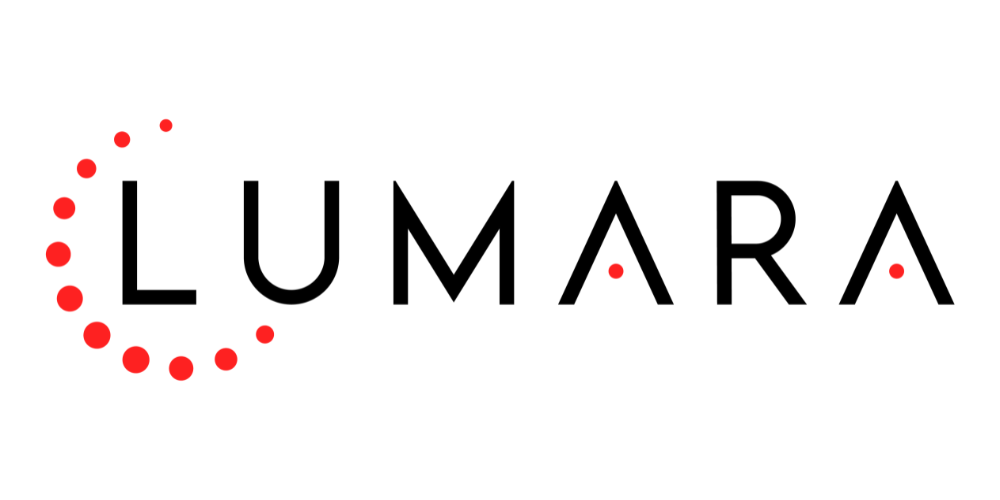
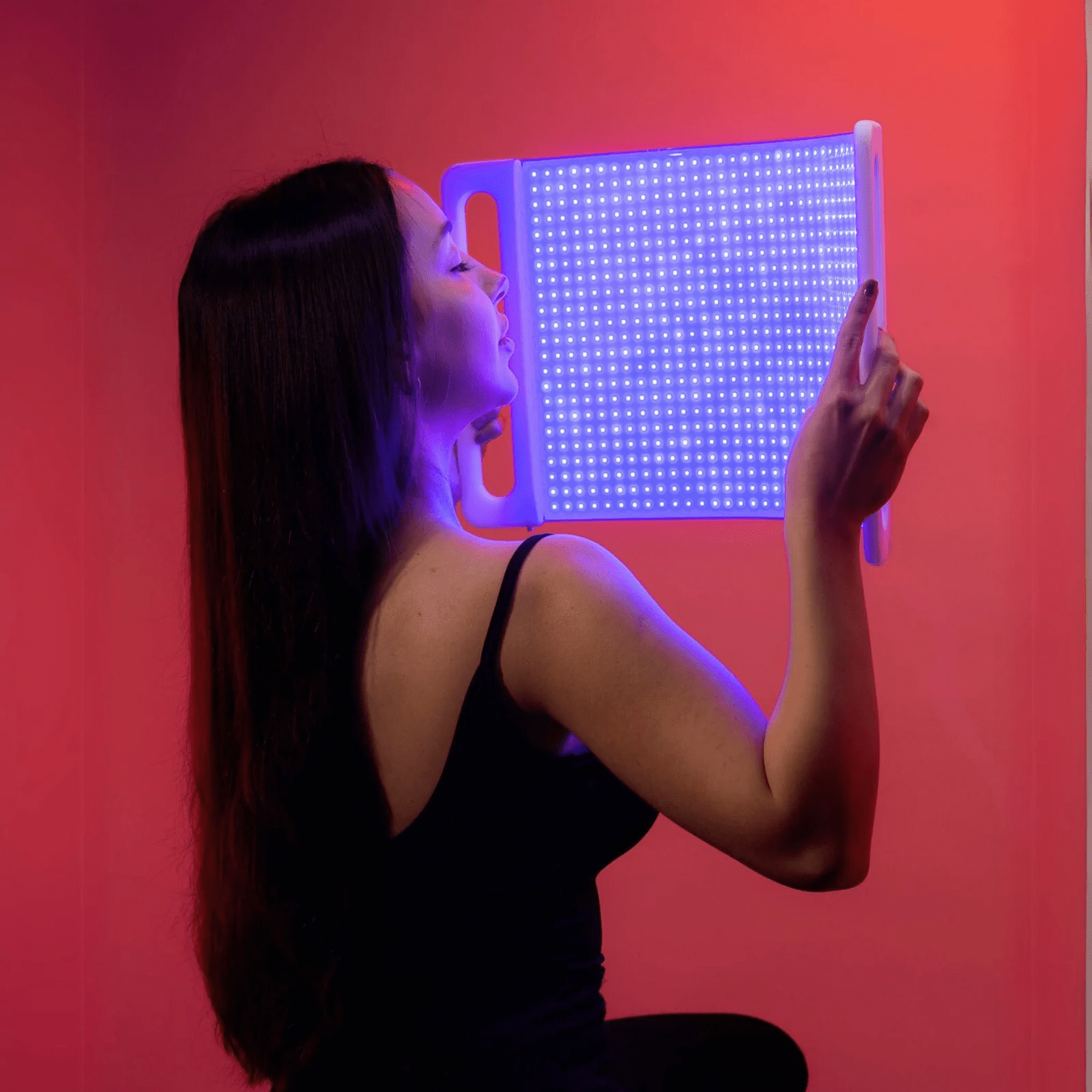
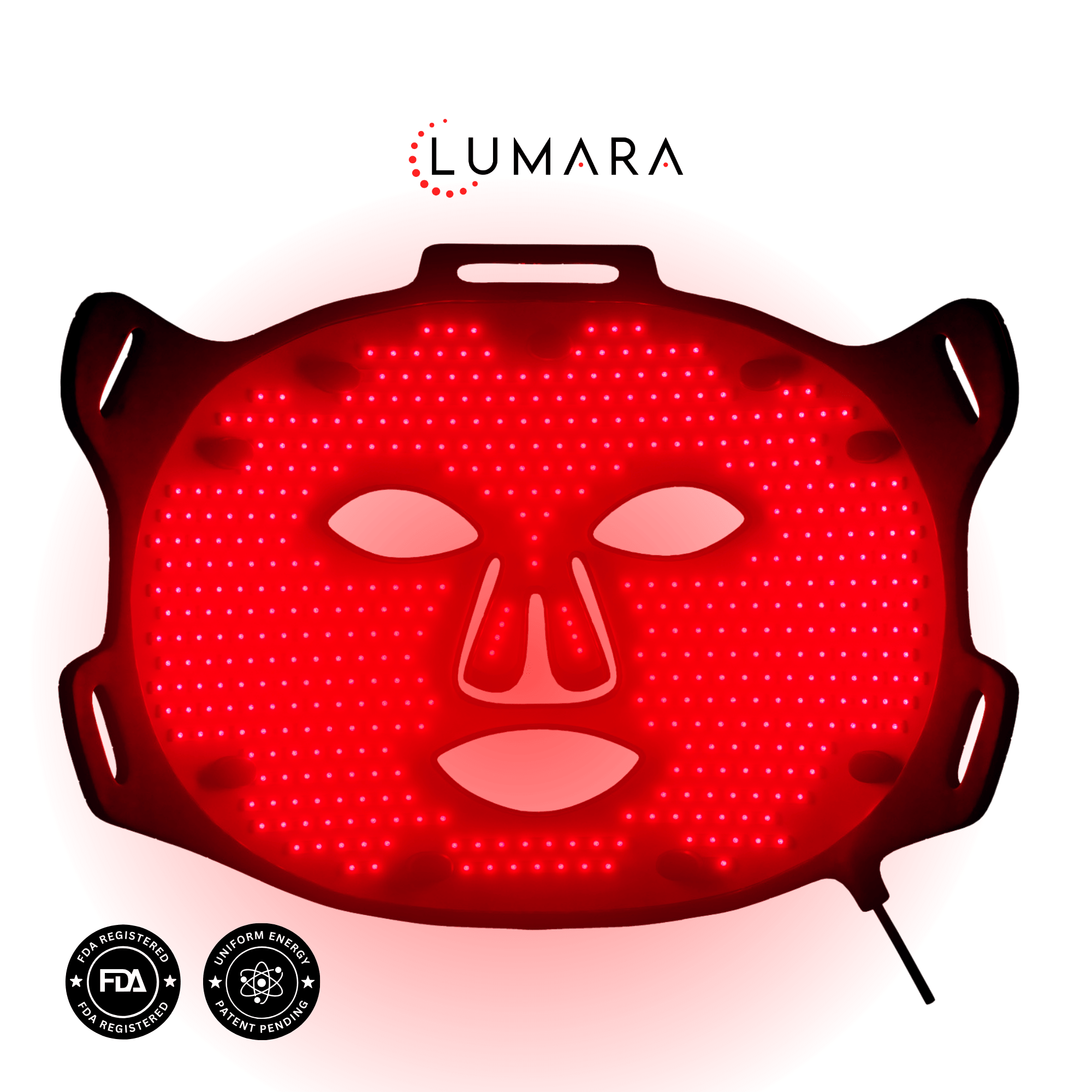

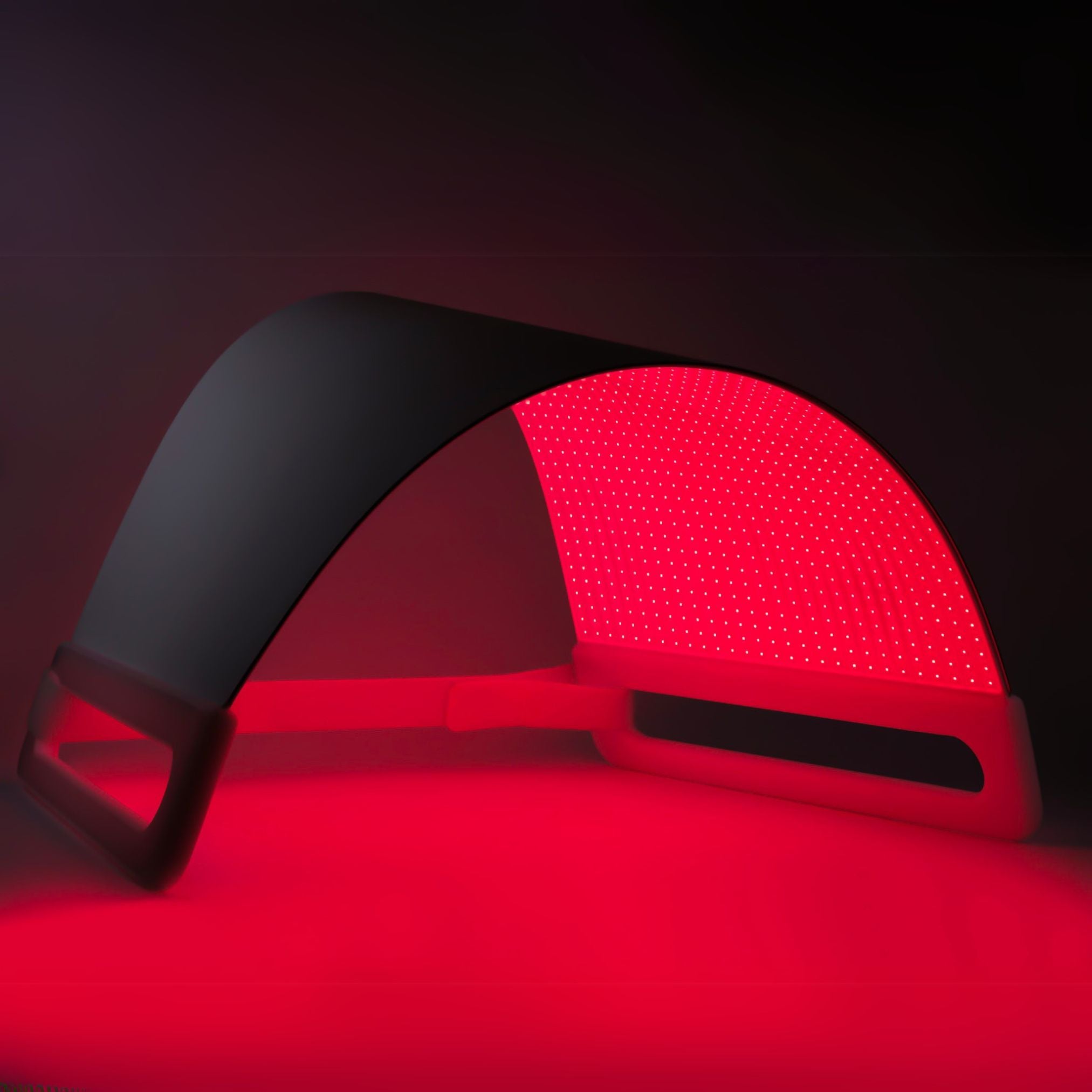
Share:
Red Light Therapy for Bacterial Infections
Red Light Therapy for Colds: Sinus Relief